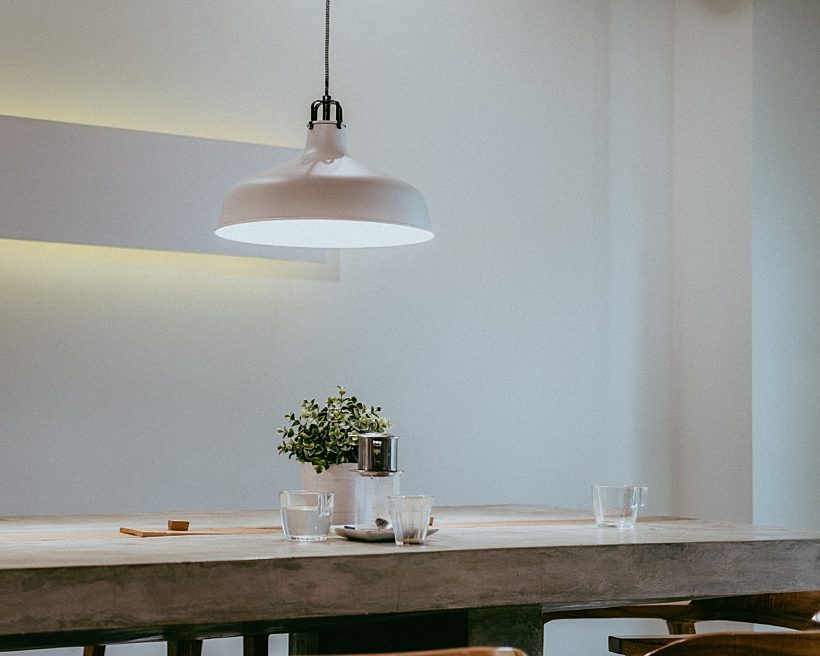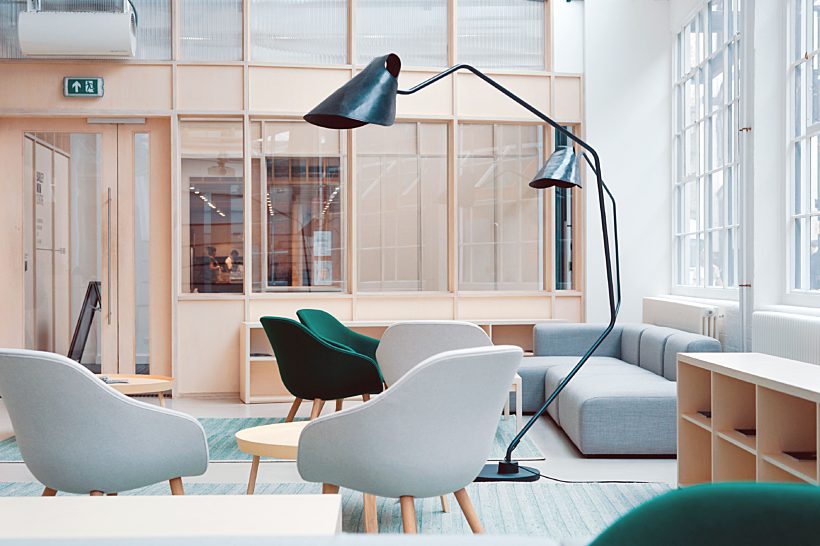
How to make your lighting smart? Here are three options to choose from
Discussing smart lighting, we can analyse various stages from simple smart bulbs all the way to an integrated implementation. We will discuss how you can implement smart, and above all, sustainable lighting.
Smart lighting usually comes with the explanation “light goes on and off on its own”. But of course, it's a bit more complicated than that. We'll show you three different options to implement smart lights in your home and save expenses on your energy bill.
Option 1: Smart Bulbs
The easiest step is to invest in smart light bulbs, which are connected to one overall network, either via Wi-Fi or radio frequency. By connecting these light bulbs with systems such as Amazon Alexa, Google Home,... you can bring smart lighting to every room of your home. Moreover, since those light bulbs are using LED technology, they only consume a fraction of a traditional heat developing light bulb.
However, as you might have already guessed, there are some restrictions to smart bulbs. There is the issue of control. Whereas traditional bulbs are usually switched on and off with a tap, smart light bulbs often require a hub or special updates in order to fully function. Due to the tracking that is required, each update can be expensive, especially when you have to change hubs.
Another aspect, which has to be taken into account is reliability. The more functions and buttons, the higher the chance that something might not work as expected. In some cases, the lack of reliability can also result in having to do a reset of bulbs via the according hub. In worst case you may find yourself having to return your light bulbs or getting them replaced under warranty.
Last but not least, other than screwing lightbulbs in their socket, smart light bulbs require technical knowledge. So for some home owners it may be a challenge to implement the settings.

Keep in mind that smart bulbs only allow you to automate your lights. If you want to connect more devices than only your lights, you'll have to look further. To a smart hub for example.
Reinaldo Kevin
Option 2: Smart hubs for lighting and other applications
Smart solutions allow you to implement smart bulbs and combine them with further applications. By having your lights interact with shutters in your house will take away one daily worry by automatically lowering the blinds and switch lights at certain times of the day. This can be taken further down, when more household appliances are added to make you home even smarter.
There is at least one downside of a central hub that we should consider thoroughly. When the hub is produced by a single manufacturer you make the whole intelligence of your home depending on that one manufacturer. This might oblige you to replace your hub on a regular basis, due to possible flaws. And in worst case, the hub might be withdrawn from the market, which makes your investment obsolete.
Therefore, to implement smart lighting and bring intelligence to your home, the ideal solution would be a decentralized system.
Option 3: Decentralised home automation
Smart homes aren't new. They have been here all along, we just didn't notice them. In that way, the user cannot make changes to the system and thereby ruin the installation. We don't need to talk or give a command to a certain device. Timers and sensors automatically make sure a door is closed or lights are switched off.
This of course affects the implementation of smart lighting: a decentralized system does not depend on a single hub, and in case of failure of one light bulb, all the other light bulbs still run as they were supposed to. Call it magic, but these kind of system is a lot more reliable than the one you configured yourself.
But also decentralized systems have their cons. Foremost, in order to have a smart system installed, a professional installer is required, who integrates the system. Also, in most cases, when changes are necessary, a professional installer needs to be called.
The KNX technology is a good example of a decentralized system which runs in the background and makes sure all applications are seamlessly integrated.

Toa Heftiba
As you will have noticed by now, there are various ways to turn your lighting smart. Depending on your needs, you can choose for smart lightbulbs, a smart home hub or a decentralised system. But using smart devices does not automatically make your home smart. The most important thing is to have a look at your individual needs and how the according solution can help you making your life at home more comfortable.


